Zinfandel wine has garnered attention for its versatility and unique flavor profile. With the numerous variations available, a common question asked by many is whether Zinfandel wine is a dry wine.
The majority of Zinfandel wines are red, dry, and still, offering an intriguing balance of fruit intensity, spice, and tannin content. While red Zinfandel wines are typically dry, other examples such as rosé, sweet late-harvest, and occasionally sparkling wines can also be found among Zinfandel variants.
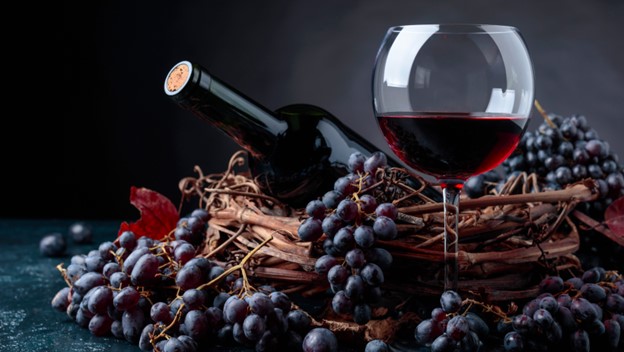
Dry Zinfandel wines are known for their medium-full body, medium-high tannins, and medium-low acidity, making them an excellent choice for pairing with a variety of dishes, as well as for enjoyment on their own. While red Zinfandel wine usually falls under the dry category, it is important to note that White Zinfandel, with its rosé hue, tends to lean towards the dry side as well.
Zinfandel Wine Origins
Zinfandel wine has a rich history and diverse origins, tracing its roots back to Europe and gaining fame in California. This section will delve into the different sub-sections of Zinfandel’s origins, including its history in California, Croatia, Dalmatia, and Puglia.
California Zinfandel
Zinfandel has become a signature wine in California, with its peak quality and expressiveness achieved in the United States. The grape variety found its way to the region in the 19th century and has since enjoyed widespread success due to the ideal grape-growing conditions, such as warm dry summers.

Croatian Roots
While Zinfandel is often considered “America’s grape,” its true origins can be traced back to Croatia. In the early 2000s, a worldwide quest to uncover the roots of the Zinfandel grape led researchers to Croatia, where they discovered its ancient heritage.
Crljenak Kaštelanski of Dalmatia
The search for Zinfandel’s origins led the scientists to the Dalmatia region of Croatia. Here, they found a grape variety called Crljenak Kaštelanski, which shares genetic similarities with Zinfandel. This discovery connected Zinfandel’s heritage to the ancient vineyards of Dalmatia, giving wine enthusiasts a deeper understanding of the grape’s history.
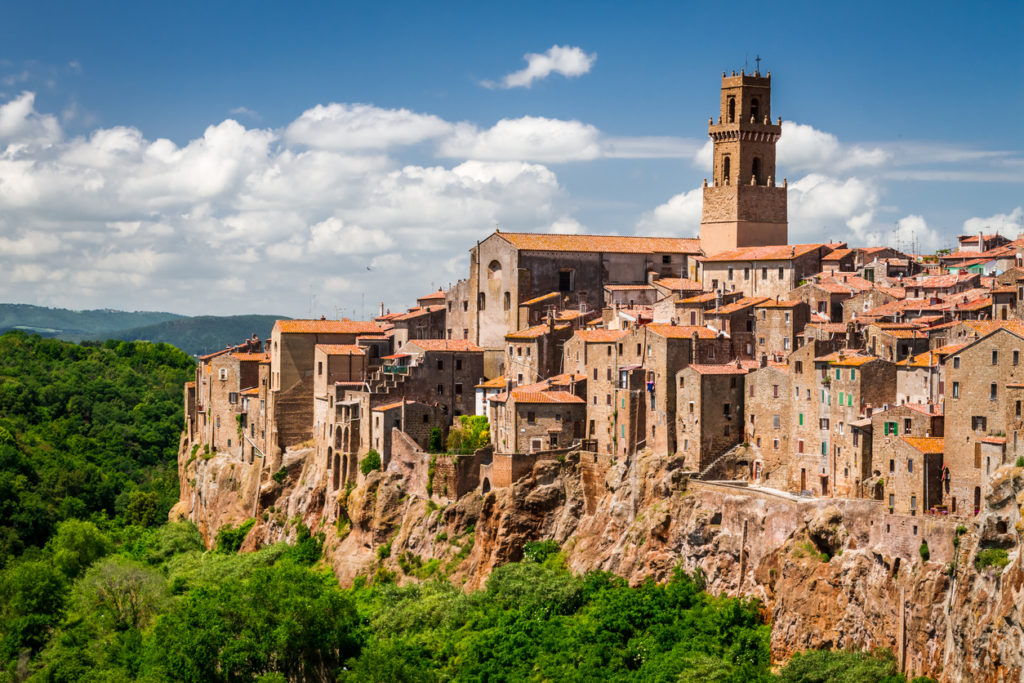
Primitivo in Puglia
In addition to its Croatian origins, Zinfandel is also related to the Primitivo grape variety found in the Puglia region of Italy. The name “Primitivo” comes from the Latin word “primativus” and the old Italian word “primaticcio,” both of which mean “early ripener” or “first to ripen.” This link further enriched the story of Zinfandel’s lineage and offered insight into the grape’s adaptability throughout history.
Zinfandel Wine Profiles
Flavor Profile
Zinfandel is known for its bold, fruit-forward flavors that can range from red to black fruits, such as raspberry, blackberry, cherry, and strawberry. This red wine also features jammy characteristics, adding a rich and concentrated taste to the palate. Complementing these fruit flavors, Zinfandel often presents spice notes, including cinnamon, clove, and black pepper, as well as more savory elements like licorice and caramel. To round out the flavor, subtle hints of vanilla can be detected from oak aging.

Aromas
The aromas of Zinfandel wines are as diverse and captivating as their flavors. Berry scents, like raspberry, blackberry, and strawberry, often come to the forefront, accompanied by enticing notes of baking spices such as cinnamon and clove. In addition, an underlying earthy or smoky element may be present, adding depth and complexity to the wine’s overall profile.
Acidity
While Zinfandel may be rich in flavor, it usually exhibits medium to low acidity levels. This balanced acidity contributes to a velvety mouthfeel and allows the wine’s fruity and jammy qualities to shine. However, the lower acidity may give the impression of a slightly sweet wine, especially if it exhibits intense fruit flavors.
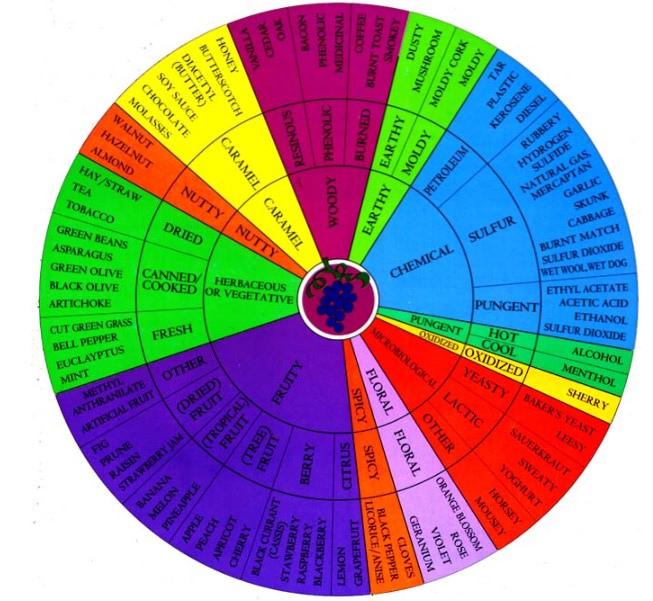
Alcohol Content
Zinfandel wine is known for its relatively high alcohol content, typically ranging from 14% to 16%. This higher alcohol content can add to the wine’s full-bodied texture and create a warming sensation on the palate. With its bold flavors, complex aromas, and substantial body, Zinfandel is a versatile and captivating red wine that appeals to a wide range of wine enthusiasts.
Dryness and Residual Sugar
When discussing the dryness of a wine, it is essential to understand the role of residual sugar. Residual sugar refers to the natural grape sugars leftover in a wine after the alcoholic fermentation process. It is measured in grams per liter (g/L). Zinfandel wine from North America tends to be sweet wine whereas Italian Zinfandel is a dry wine.
Fermentation Process
The fermentation process in winemaking involves converting grape sugars into alcohol. The dryness or sweetness of a wine depends on the amount of residual sugar left after fermentation of the grape juice. Wines with less residual sugar will taste drier, while those with more will taste sweeter.
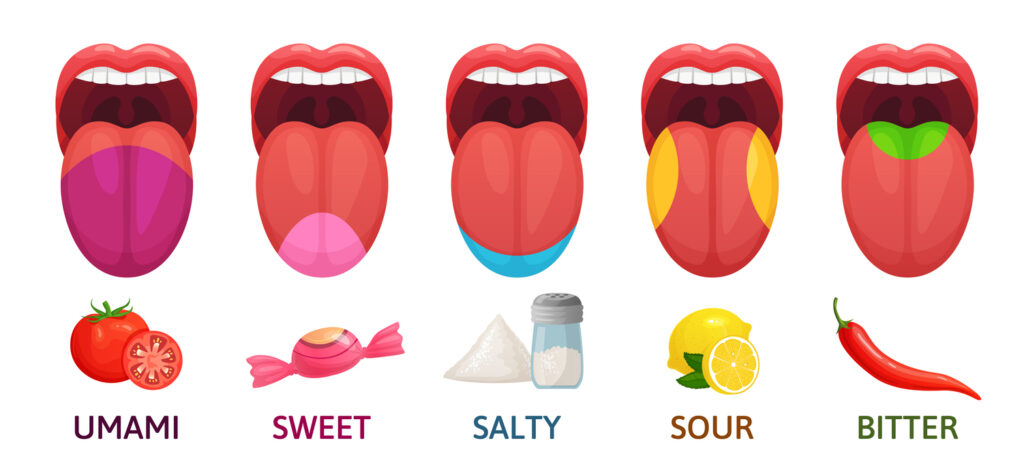
Dry Zinfandel
Dry Zinfandel is a type of wine made from the Zinfandel grape variety. It usually contains less than 1% sweetness or less than 10 g/L residual sugar, which makes it a dry wine. These wines are characterized by their bold flavors and high alcohol content, which can sometimes mask the perception of sweetness and contribute to a perception of bitterness.
Semi-Sweet Zinfandel
Semi-sweet Zinfandel contains between 1% and 3% sweetness or 10 to 30 g/L residual sugar. These wines are considered “off-dry” and can offer a unique balance between sweetness and acidity as compared to dry Zinfandel. While still showcasing the rich flavors of the Zinfandel grape variety, semi-sweet Zinfandels may have a slightly softer mouthfeel.
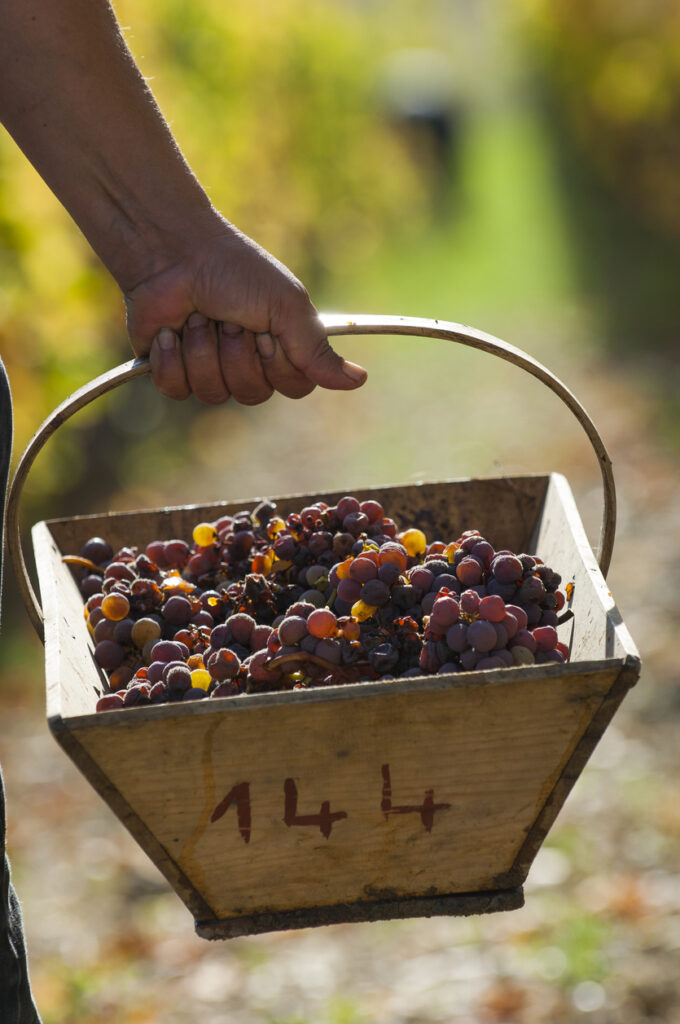
Late-Harvest Zin
Late-Harvest Zinfandel is a style of Zinfandel made from grapes that are allowed to ripen for a longer time on the vine. This results in higher sugar content in the grapes, which in turn leads to a higher residual sugar level in the finished wine. Late-Harvest Zinfandels can have sweetness levels above 5%, resulting in a noticeably sweet taste. These dessert wines often showcase jammy, concentrated fruit flavors and can be an excellent pairing for sweet and savory dishes alike.
Notable Zinfandel Regions
Zinfandel wine is cultivated across various regions in California and Italy, each contributing distinctive characteristics to the final product. In this section, we will explore some of the most notable Zinfandel regions and their unique features.
North American Zinfandel wine tends to be a sweet wine whereas Euopean Zinfandel wine especially from South Italy, Manduria is a dry wine. In very few cases Zinfandel grapes are used to make sweet wine in Europe.
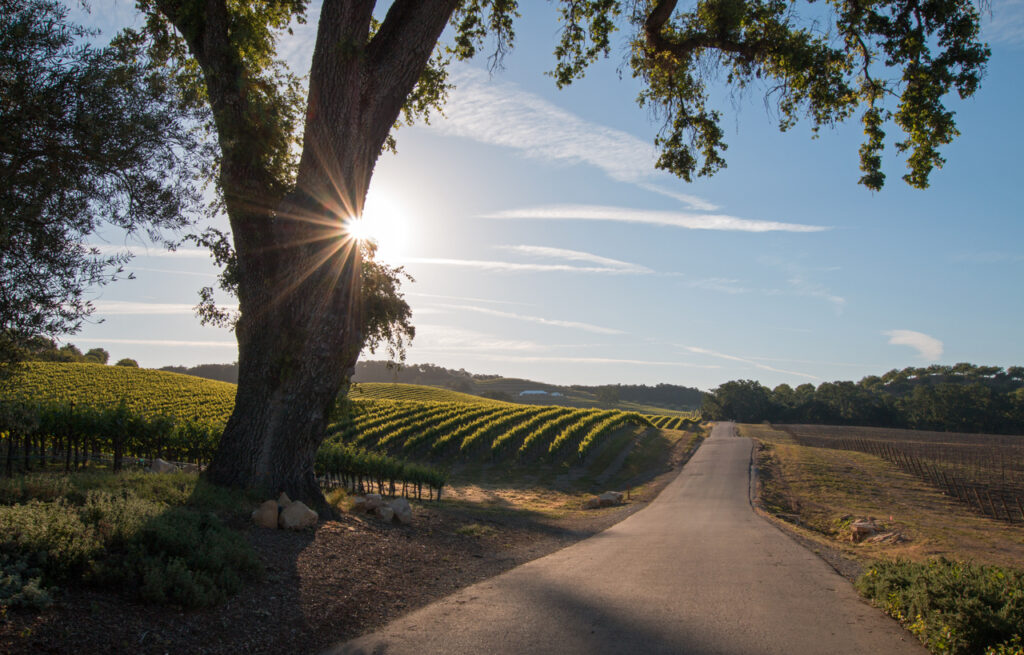
Napa Valley
While Napa Valley is known for producing high-quality Cabernet Sauvignon, it also has a reputation for creating excellent Zinfandels. The region benefits from an ideal microclimate that supports the growth and development of bold and flavorful Zinfandel wines.
Sonoma
Sonoma is another significant Zinfandel region in California, known for its lush and slightly softer Zinfandel wines. The region experiences more fog and cooler temperatures than Napa, making the Zinfandel grapes cultivated here perfect for creating crowd-pleasing zins.
Lodi
Lodi is a historic Zinfandel region, known for producing robust and intensely fruity Zinfandels. The warm climate in Lodi allows the Zinfandel grapes to ripen fully, resulting in rich and full-bodied wines with well-integrated tannins.
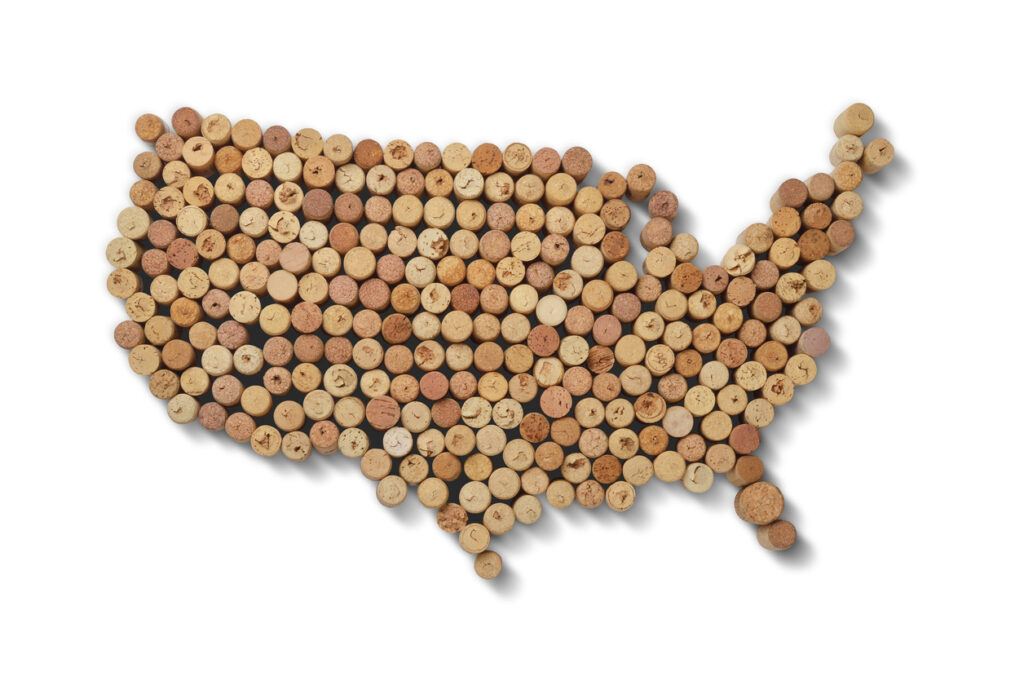
Paso Robles
Located along the Central Coast of California, Paso Robles is another prime region for Zinfandel production. The warm climate and diverse soils allow for the creation of Zinfandels with robust flavors and well-rounded profiles. Some of the local wineries producing Zinfandel in Paso Robles include Dry Creek Vineyards, Seghesio, Kokomo Winery, and Cellar No. 8.
Dry Creek Valley
In Dry Creek Valley, Zinfandel wines can reach up to 15.5% alcohol content, offering rich and rounded flavor profiles with a touch of mocha and 5-spice powder. This region is known for producing Zinfandels that are both satisfying and easy to enjoy.
Russian River Valley
Located in Sonoma County, the Russian River Valley’s moderate climate and well-drained soils contribute to the production of Zinfandel wines with tartness, acidity, and red berry notes. This region is considered a hotspot for high-quality Zinfandel cultivation.
Alexander Valley
Part of the larger Sonoma County, Alexander Valley boasts warm temperatures that create an ideal environment for Zinfandel grapes to develop. Wines produced in this region are characterized by their robust flavors and well-structured profiles.
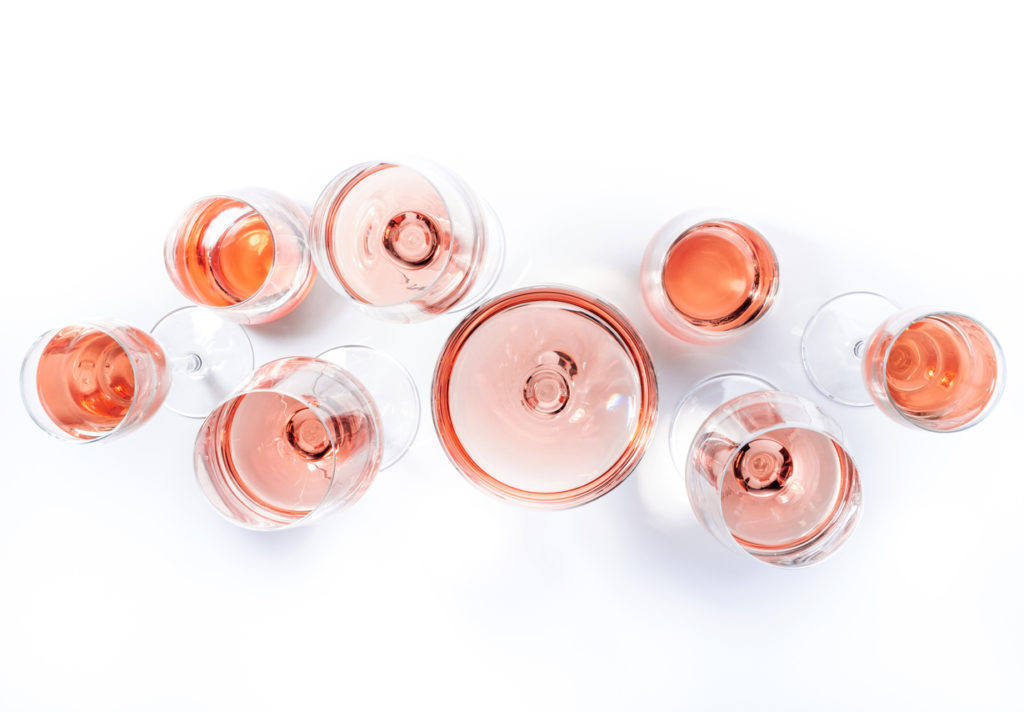
Amador
The Amador region is known for its old-vine Zinfandels, producing wines with intense flavors and a rich history. The warm climate in Amador supports the growth of dark-skinned Zinfandel grapes, ultimately leading to concentrated and high-alcohol wines.
Central Coast
Encompassing the coastal regions of California, the Central Coast is home to many Zinfandel vineyards. The combination of warm summer heat, cool maritime influence, and diverse soils make this region well-suited for producing full-bodied Zinfandels with high alcohol content and bold flavors.
Zinfandel Variations and Wine Styles
Zinfandel is a versatile grape variety, offering a range of wine styles from dry to sweet. This section discusses the various styles and variations, including Red Zinfandel, White Zinfandel, and Rosé Zinfandel. Sweet Zinfandel wine is often used as a dessert wine.
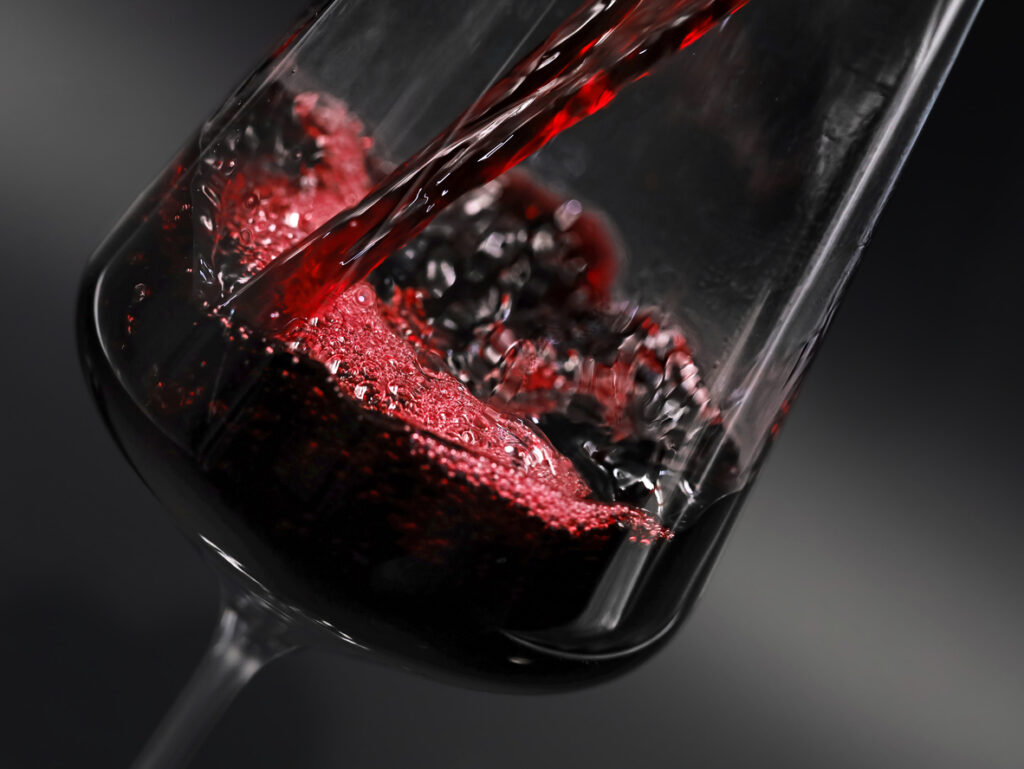
Red Zinfandel
Red Zinfandel is a bold, fruit-forward red wine with medium-high acidity and tannins. Full-bodied and high in alcohol, these wines often feature jammy black fruit flavors such as black cherry, blackberry, and plum, along with notes of spice. Some red Zinfandels can also have a smoky or sweet tobacco characteristic, depending on factors like the ripeness of the grapes and the winemaking process.
Is red Zinfandel wine sweet or dry?
Red Zinfandel wine is a popular choice among wine drinkers, but there is often confusion over whether it is sweet or dry. The truth is that the difference between sweet and dry red Zinfandel lies in the fermentation process.
Fermentation of red Zinfandel can either be stopped early to leave some residual sugar in the wine, making it sweet, or allowed to continue until all the sugar has been converted to alcohol, resulting in a dry wine.
Sweet red Zinfandel wines are typically fruity with notes of berries and jam. They have a higher level of residual sugar than their dry counterparts and tend to pair with spicy foods or as dessert wines with sweet dishes.
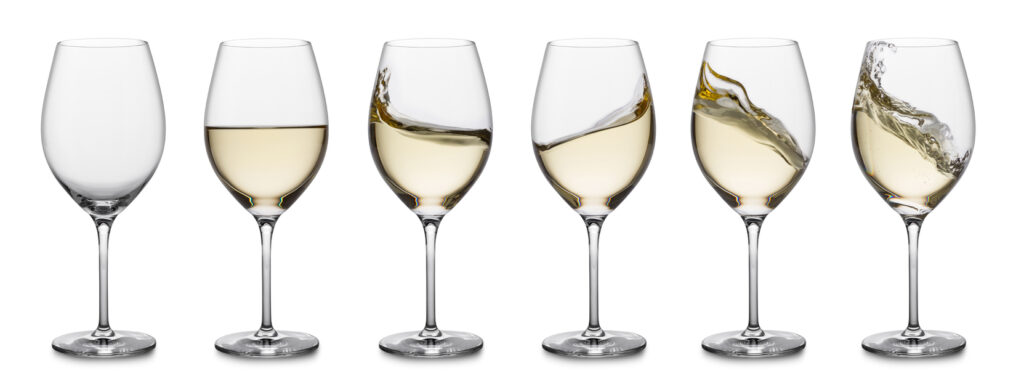
On the other hand, dry red Zinfandels have less residual sugar and offer flavors such as black pepper and tobacco. These wines pair well with grilled meats or hearty stews.
White Zinfandel
White Zinfandel is a blush wine made from the same grape variety as red Zinfandel. This style is often sweeter and lighter in body compared to its red counterpart. White Zinfandel wine gained popularity in the 1980s for its easy-drinking nature, which continues to resonate with wine lovers today.
With flavors of strawberry, peach, and sometimes melon, this wine can be enjoyed as an aperitif or paired with light, summer dishes. White Zinfandel grapes are mostly used for rosé wines.
Is White Zinfandel sweeter than Moscato
When it comes to wine, there is often confusion about the differences in sweetness between various types. One question that frequently arises is whether White Zinfandel or Moscato is sweeter. The answer to this question lies in understanding the difference in sweetness between these two popular wines.
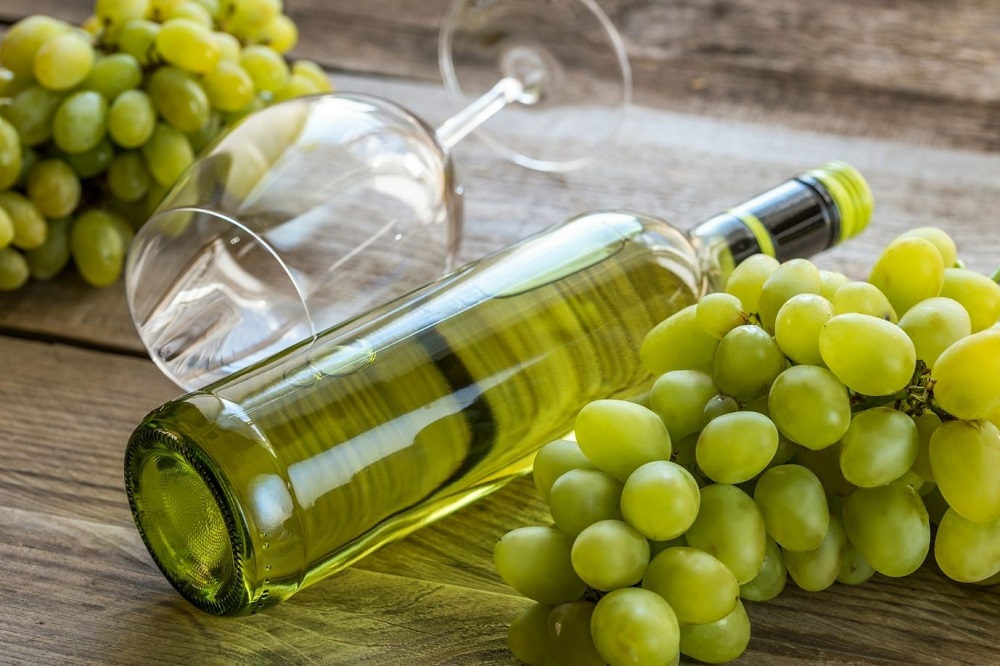
First of all, it’s important to understand that White Zinfandel and Moscato are made from different grape varieties. White Zinfandel wine is made with red Zinfandel grapes that have been separated from their skins before fermentation, resulting in a lighter color rosé wines and sweeter taste than traditional red wine.
On the other hand, Moscato is made from Muscat grapes which naturally have a higher sugar content than most grape varieties.
In terms of sweetness, Moscato generally has a higher level of residual sugar than White Zinfandel.
Rosé Zinfandel
Rosé Zinfandel wines are often made out of White Zinfandel garapes. This is another wine style made from the Zinfandel grape. These rosé variations are typically dry or semi sweet wines, with a delicate pink hue that is lighter than White Zinfandel. It showcases the bright, refreshing tasting notes of fruit flavors of the variety, such as strawberry, raspberry, and watermelon, while maintaining a crisp acidity. Rosé Zinfandel is an excellent choice for pairing with seafood, salads, and picnic fare.

Food Pairings for Zinfandel
Zinfandel, a popular red wine, is known for its versatility and ability to pair well with a variety of dishes. In this section, we will discuss the best food pairings for Zinfandel, focusing on meats, poultry, cheeses, and spicy foods. Sweet Zinfandels can be used as dessert wines and pair well with rich desserts as chocolate cake or dark chocolate.
Meats
As a general rule, Zinfandel pairs well with grilled or roasted meats. Examples of such dishes include:
- Ribeye steak
- Pork chops
- Rack of lamb
- BBQ ribs
- Grilled hamburgers
- Pulled pork

Poultry
Zinfandel’s acidity and fruitiness also make it a suitable choice for pairing with poultry dishes. Some poultry dishes to try with Zinfandel include:
- Roast turkey
- Duck with cherry sauce
Cheeses
Cheese pairings with Zinfandel can bring out the best flavors in both the wine and the cheese. Sweeter Zinfandel wines are good dessert wines. Here are a few cheeses that pair well with Zinfandel:
- Aged cheddar
- Gouda
- Blue cheese
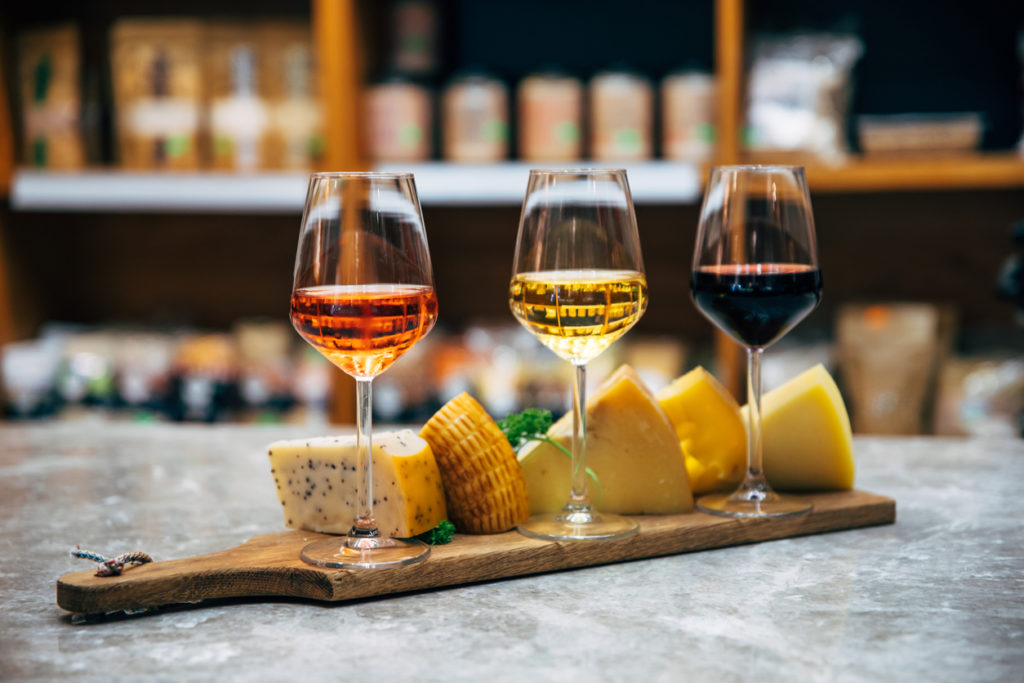
Spicy Food
Due to its bold and jammy flavors, Zinfandel can be a fantastic companion for spicy dishes. The wine’s sweetness and spice can complement the heat and flavors of dishes such as:
- Cajun cuisine
- Black bean chili
- Spicy BBQ sauces
- Chinese takeout
When it comes to food pairings, Zinfandel offers a wide range of possibilities. As you explore these options, you’ll likely discover new and exciting ways to enjoy this versatile wine.
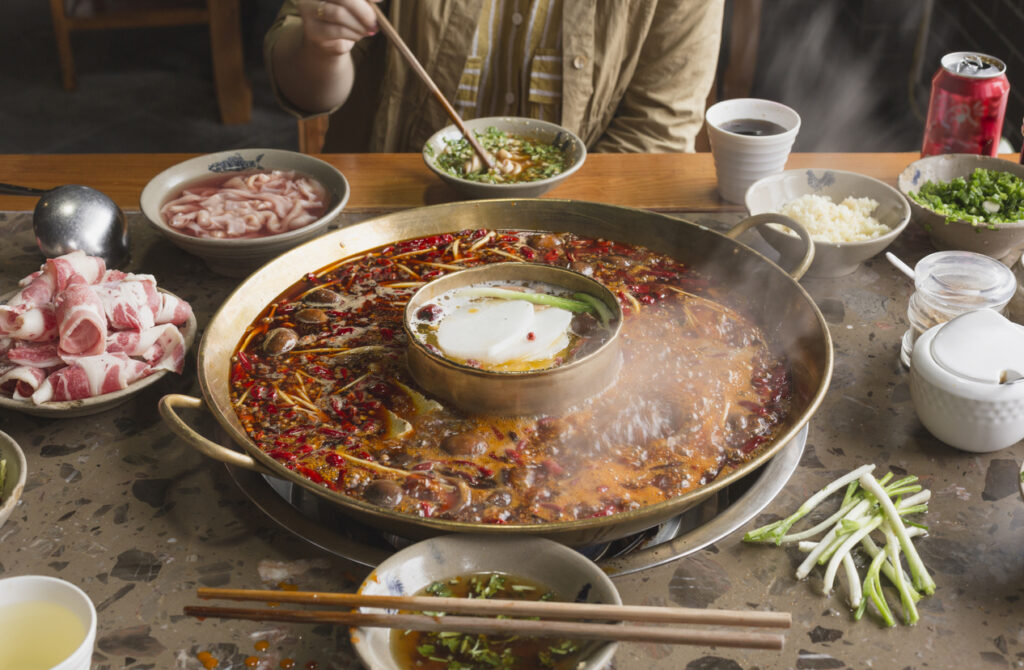
Comparing Zinfandel with Other Grape Varieties
Zinfandel, a grape variety known for thriving in warm, dry climates, has a distinctive flavor profile that can vary from sweet to dry. To better understand the characteristics of Zinfandel, let’s examine how it compares to other popular grape varieties.
Cabernet Sauvignon
Cabernet Sauvignon is a full-bodied red wine known for its rich flavors and high tannin content. Zinfandel, on the other hand, tends to have a lighter body and lower tannin levels, though it can also produce bold flavors.
Pinot Noir
Pinot Noir is a lighter-bodied red wine with lower alcohol content and delicate flavors. Zinfandel wines can exhibit a wider range of flavors and alcohol content, sometimes reaching up to nearly 20% ABV. Depending on the region Pinot Noir wine can be sweet and fruity if it comes from warmer areas. Pinoit Noir from colder areas as Burgundy, France, Oregon or higher altitudes in California are light bodied wines.
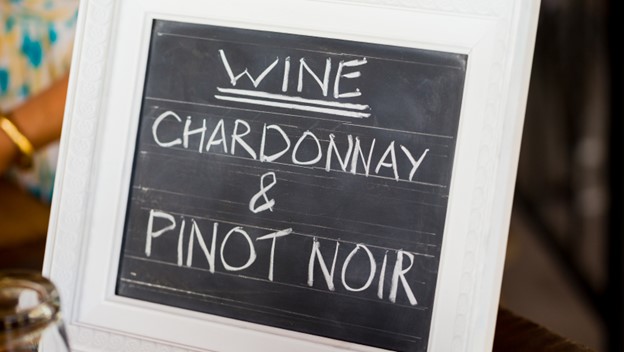
Merlot
Merlot is a medium-bodied red wine with a soft, smooth texture. Zinfandel wines can have a similar body but may have more intense flavors and higher alcohol content.
Syrah
Syrah is a full-bodied red wine with bold, spicy flavors. Compared to Zinfandel, it generally has higher tannin levels and a more robust structure, though both grape varieties thrive in warm climates.
Tempranillo
Tempranillo is a medium-bodied red wine that typically has earthy and fruity flavors. While Zinfandel shares its preference for warm climates, it can exhibit a wider range of flavors, including spicy and jammy notes.
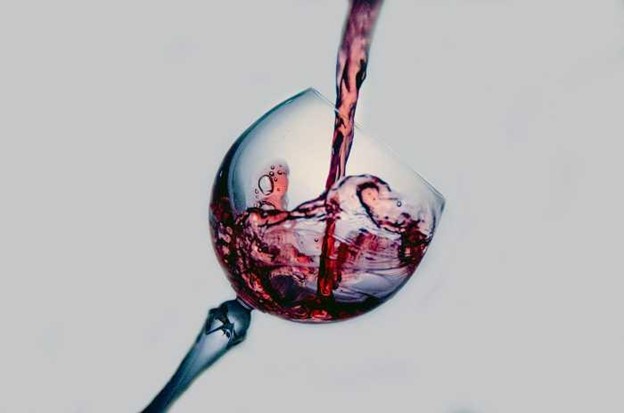
Sangiovese
Sangiovese is a medium-bodied red wine with bright acidity and red fruit flavors. Zinfandel wines are often richer and more robust, with a broader spectrum of flavors that can include black fruit and spice.
Cabernet Franc
Cabernet Franc is a medium-bodied red wine with prominent herbaceous and red fruit flavors. Zinfandel tends to be more fruit-driven and have a higher alcohol content, making it a more substantial wine in comparison.
Grenache
Grenache is a medium-bodied red wine known for its fruity and sweet flavors. While Zinfandel can also exhibit sweet flavors, it has a broader range of taste profiles and can produce both sweet and dry wines.

What is the difference between Zinfandel and Old Vine Zinfandel
Zinfandel is one of the most popular grape varieties in the United States. It is grown extensively in California, where it has been a staple since the mid-19th century. However, many people are not aware that there are two different types of Zinfandel: regular Zinfandel and Old Vine Zinfandel.
The main difference between these two types of Zinfandel is age. Regular Zinfandels are made from younger vines, while Old Vine Zinfandels come from vines that are at least 50 years old. The older vines produce less fruit than younger ones, but their grapes have more concentrated flavors and aromas.
Old Vine Zinfandels also tend to have a more complex flavor profile than regular Zins. With their rich, jammy fruit flavors and spicy notes, they make an excellent choice for pairing with hearty meals like grilled meats or stews.
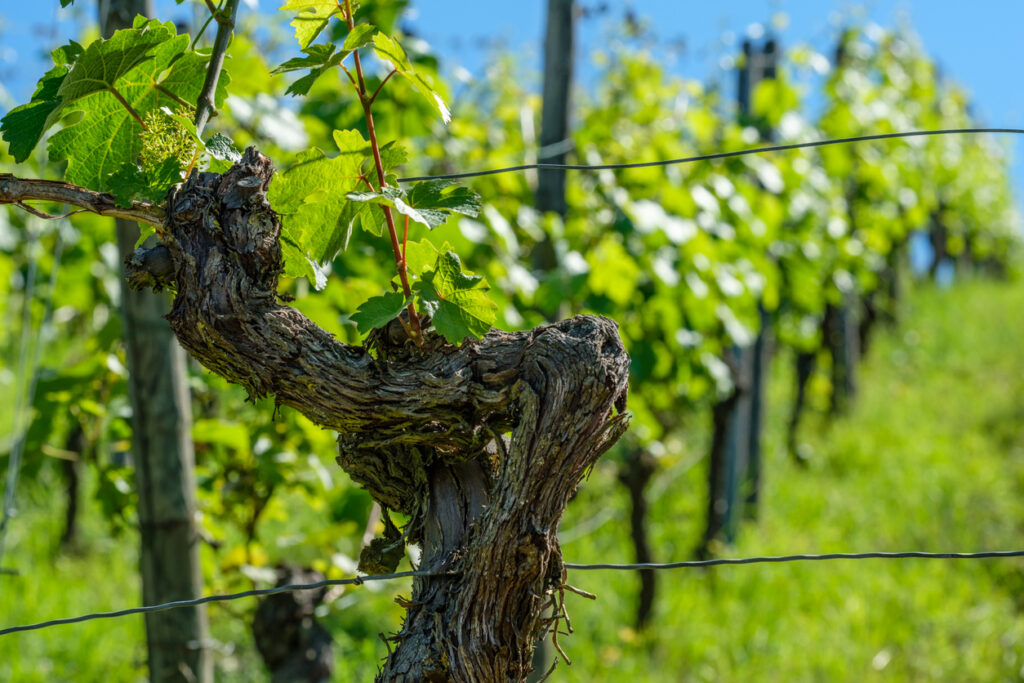
Best Zinfandel wines 2023
Zinfandel has long been one of the most popular red wines, and for good reason. From its bold flavor to its deep color, Zinfandel is a classic choice for any occasion. As we look towards 2023, it’s time to start considering which Zinfandels will be the best of the best. Whether you’re a fan of robust red wines or light and tart rosé wines, there is a perfect Red Zinfandel or White Zinfandel out there for your next dinner party.
Cosimo Varvaglione Manduria 2019
Cosimo Varvaglione Collezione Privata Primitivo di Manduria 2019 is a wine that packs a punch in terms of flavor and taste. This bold, full-bodied red wine is made from hand-selected Primitivo grapes grown in the Manduria region of Puglia, Italy. The result is an intense and complex wine that will leave your taste buds begging for more.
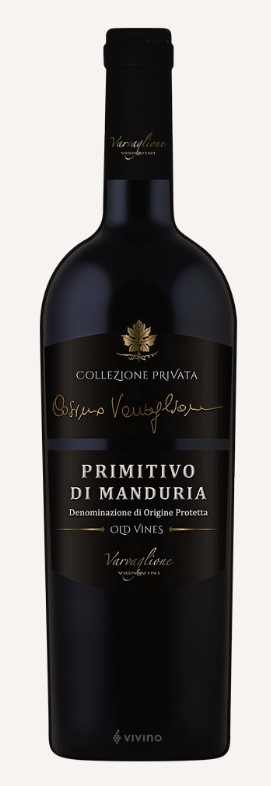
One of the most distinctive features of this wine is its rich aroma, which hints at the notes of dark fruit and spices that are present on the palate. The initial sip reveals flavors of ripe blackberry, plum, and cherry, with a slight hint of vanilla from aging in oak barrels. As you savor each sip, you’ll notice subtle undertones of chocolate and coffee that add to the complexity of this exceptional vintage.
Tenuta Antonini 2020
Tenuta Antonini’s 24 Carati 2020 vintage is a wine that is sure to please any lover of robust flavors and rich tastes. This wine is a blend of the finest Sangiovese grapes, grown in the heart of Tuscany. The result is a bold and full-bodied red wine that has been aged to perfection.
One of the most striking features of Tenuta Antonini’s 24 Carati 2020 vintage is its complex flavor profile. Notes of dark fruit like blackberry and plum are complemented by hints of vanilla, oak, and spice. The result is a wine that has depth and character, with layers upon layers of flavor that will keep you coming back for more.
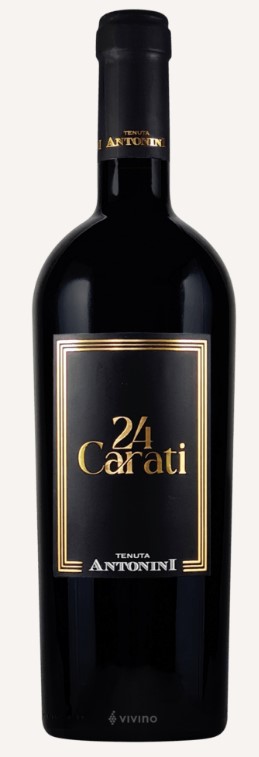
When it comes to taste, this wine does not disappoint either. It has a smooth mouthfeel with just enough tannins to provide structure without overwhelming your palate.
Caymus Zinfandel 2019
Caymus Zinfandel 2019 is a wine that boasts a rich and bold flavor. This full-bodied red wine comes from one of the most reputable wineries in California, and it’s no surprise that it has become a popular choice among wine enthusiasts. With its deep ruby color, Caymus Zinfandel 2019 offers an inviting aroma with hints of black cherry, vanilla, and spice. The combination of these flavors creates a complex taste that is both smooth and satisfying.
On the palate, Caymus Zinfandel 2019 begins with flavors of dark fruit such as blackberry and raspberry. As you savor each sip, you will notice notes of cocoa powder and cinnamon that add depth to the flavor profile. The tannins are well-structured, giving this wine an excellent balance between acidity and sweetness.

Cortina Zinfandel 2018
Cortina Zinfandel 2018 is a wine that is sure to delight your taste buds with its bold and intense flavor. This wine has been carefully crafted to bring out all of the rich tastes and aromas that are characteristic of the Zinfandel grape. From first sip to last, you will be transported to a world of complex flavors and deep, satisfying complexity.
The secret to Cortina Zinfandel’s exceptional flavor lies in the way it has been aged. This wine has spent years maturing in oak barrels, where it has slowly developed its unique profile. With each passing day, the wood imparts new flavors and textures to the wine, creating a symphony of tastes that is truly unforgettable.

Fetzer Anthony`s Hill White Zinfandel
Fetzer Anthony’s Hill White Zinfandel is a delightful wine that boasts a unique flavor and taste. This crisp and refreshing Whitw Zinfandel wine has a pale pink hue with an aroma of fresh strawberries, watermelon, and cherries. The wine is smooth on the palate with a rich texture that leaves behind a lingering sweetness.
What makes Fetzer Anthony’s Hill White Zinfandel stand out from other wines is its vibrant fruit flavors? The notes of juicy raspberry, peach, and red currant make it the perfect choice for those looking for a fruity yet not too sweet wine. Its light body also makes it easy to pair with different foods such as grilled chicken or seafood dishes.
Overall, if you are looking for a flavorful and refreshing White Zinfandel wine to enjoy on any occasion, then Fetzer Anthony’s Hill White Zinfandel is definitely worth trying.

